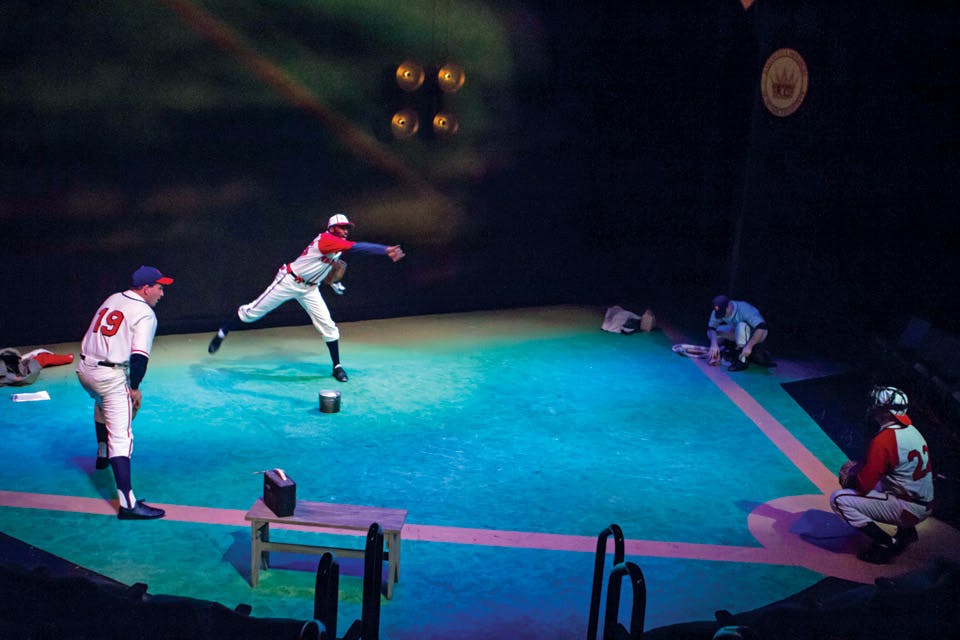Arts
Satchel on Stage
Cincinnati Playhouse in the Park presents the dramatic tale of a king of baseball and the time in which he lived.
Related Articles
.jpg?sfvrsn=8714b738_5&w=960&auto=compress%2cformat)
10 Broadway Shows Coming to Columbus for the 2025–2026 Season
PNC Broadway in Columbus just announced its 2025–2026 season. Here’s what's on the (Play)bill. READ MORE >>

Bluegrass Musical Tells Legendary Tale of the Loveland Frog
This fun romp, which debuted at the Cincinnati Fringe Fest in 2014, brings the story of southwest Ohio’s famous cryptid back to the stage. READ MORE >>

This Ohio Barn Theater Preserves a Long-Running Tradition
One of a handful of historic Ohio venues of its kind, Rabbit Run Theater in Madison has been hosting summer stage shows since 1946. READ MORE >>



